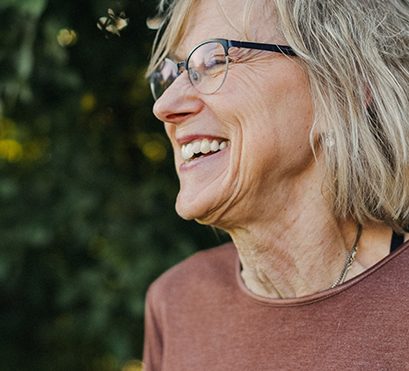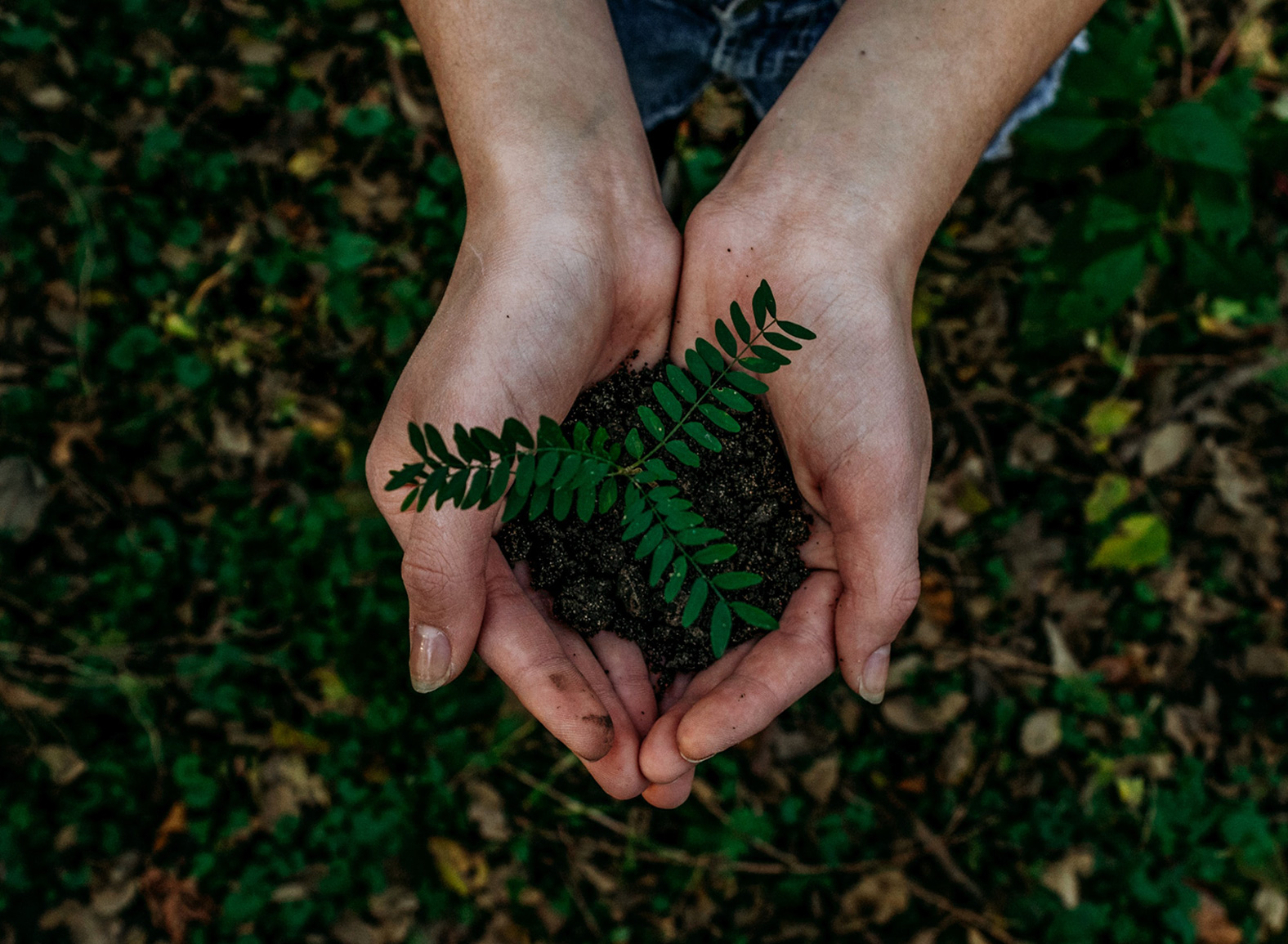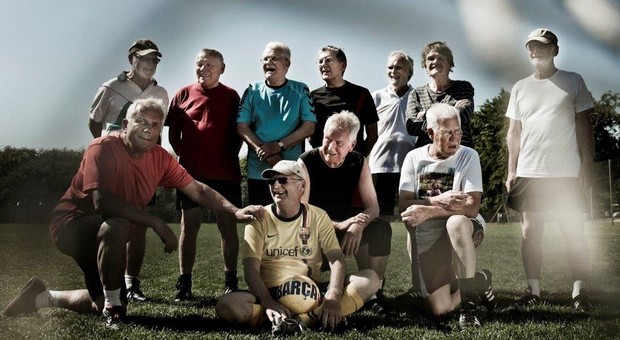By Marianne Bom
Prostate cancer is the most frequent type of cancer among men in Denmark. It develops slowly. Nevertheless, at some point half the men with the disease are offered castration-based treatment that reduces the amount of testosterone. This leads to such effects as muscle and bone loss and the risk of other diseases such as diabetes.
These men can benefit from rehabilitation in the form of exercise training and socializing with other people. However, Denmark’s healthcare system has faced challenges in offering services that men actually use. A few years ago, researchers attached to the Centre for Integrated Cancer Rehabilitation (CIRE) came up with the idea of testing football training as rehabilitation. They thought that playing games with the boys on the field might be able to recruit and retain people with cancer and thereby contribute to rehabilitation.
The researchers therefore started the FC Prostate research project, which the Novo Nordisk Foundation partly funded from 2012 to 2014 through CIRE. In the project, 57 men with prostate cancer played football two or three times a week for 12 weeks. Then they played once or twice a week for a further 20 weeks. Researchers monitored them continually, including Jacob Uth, a physiotherapist and PhD student. Jacob Uth has now completed his PhD degree and is a postdoctoral fellow at the University Hospitals Centre for Health Research at which CIRE is based.
FOOTBALL IMPROVES MUSCLE AND BONE MASS
“We showed that men enlarged and strengthened their muscles after only 12 weeks of football training. Further, their bones got stronger relatively rapidly, with their legs accumulating more bone mass after only 32 weeks of football training; the control group lost bone mass. Qualitative research also showed that football training benefited the men socially and mentally,” says Jacob Uth.
These results became the stepping-stone for the ongoing major football project FC Prostate Community. This received the Danish Sports Prize, awarded by the National Olympic Committee and Sports Confederation of Denmark, Danish Broadcasting Corporation (DR) P4 and e-Boks A/S in January 2017. Julie Midtgaard, project leader and Senior Researcher at the University Hospitals Centre for Health Research, explains:
“We wanted to determine whether the excellent results from the first study with training within a university setting could be extended and sustained in the local sports community. At the end of January, we are starting a 6-month training programme in the last club of five, KFUM in Odense. We hope we can monitor these men in the long term. Through long-term monitoring, we can examine whether the men who have played football live longer and are less prone to developing other diseases such as type 2 diabetes,” she says.
A total of 220 men are participating in the FC Prostate Community. Half play football in a local club, and the other half are offered the usual rehabilitation activities in their municipalities. The project collaborates with several partners, including the Danish Football Association and six departments of urology in Copenhagen, Aarhus and Esbjerg.
MEN CONTINUE PLAYING FOOTBALL
Julie Midtgaard says that the support of hospital doctors and nurses has been vital in successfully recruiting players.
“Our close collaborators at the Danish Football Association tell me that recruiting participants for this type of initiative can be a challenge. Clinicians who are confident in the relevance of the project and who urge people with prostate cancer to take part have been very important to us. We have established the credibility of the benefits of football from the initial research in FC Prostate, which was a stepping-stone for future work,” she says.
It is still too early to assess the effect of playing football in clubs, but the project has been successful in encouraging men to want to keep playing football. Many men continue to play in the local clubs when the 6-month period of “scientific” training ends.
ABOUT CIRE
In 2012, the Novo Nordisk Foundation and the Danish Cancer Society each awarded 5-year grants of DKK 15 million for establishing the Centre for Integrated Cancer Rehabilitation (CIRE). The Centre is an interdisciplinary and interprofessional collaboration between researchers and clinicians from the Department of Public Health of the University of Copenhagen; Rigshospitalet and Herlev and Gentofte Hospital, Capital Region of Denmark; and the City of Copenhagen. The Centre focuses on patient groups whose rehabilitation has not previously been studied by researchers.
RESEARCH ON FOOTBALL AND PROSTATE CANCER
Read more about the football project being rolled out in five Danish football clubs – Østerbro IF, Fremad Valby, IF Lyseng Fodbold, Esbjerg forenede Boldklubber and Odense KFUM – at www.fcprostata.dk (in Danish).
SELECTED SCIENTIFIC ARTICLES FROM FC PROSTATE AND JACOB UTH’S PHD PROJECT.
“Football training improves lean body mass in men with prostate cancer undergoing androgen deprivation therapy”, Scandinavian Journal of Medicine & Science in Sports, June 2014
http://onlinelibrary.wiley.com/doi/10.1111/sms.12260/full
“Football training in men with prostate cancer undergoing androgen deprivation therapy: activity profile and short-term skeletal and postural balance adaptations”, European Journal of Applied Physiology, March 2016
http://link.springer.com/article/10.1007/s00421-015-3301-y
“Efficacy of recreational football on bone health, body composition, and physical functioning in men with prostate cancer undergoing androgen deprivation therapy: 32-week follow-up of the FC prostate randomised controlled trial”, Osteoporosis International, April 2016
http://link.springer.com/article/10.1007%2Fs00198-015-3399-0








